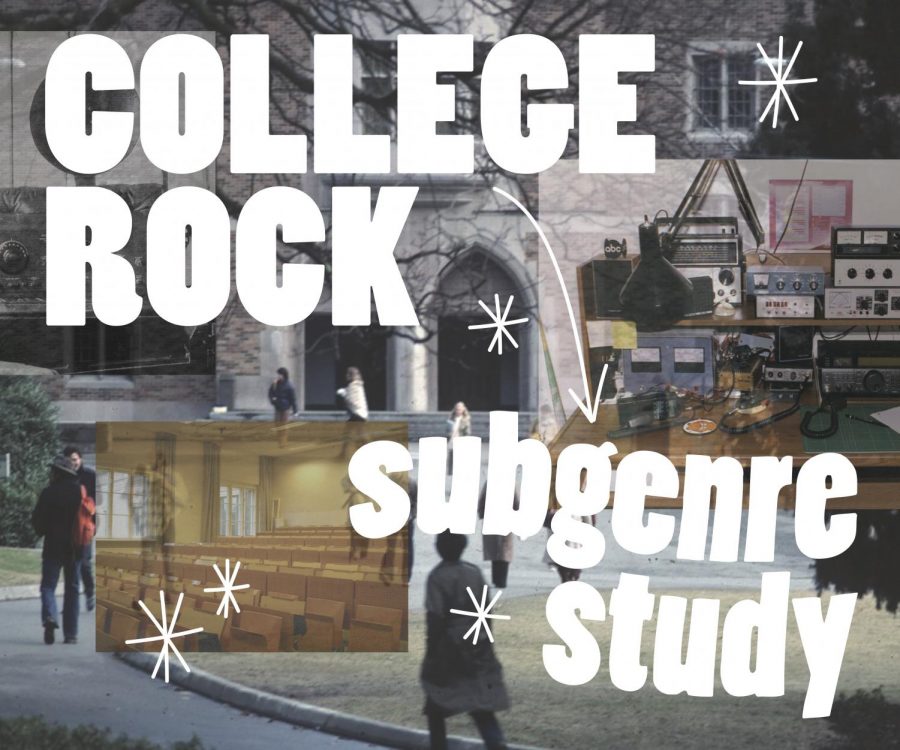Subgenre studies: College Rock
Throughout the 1980s (and lingering into the early 1990, a burgeoning radio format existed that came to be known as “college rock,” a label for music that would eventually be recognized as “modern,” then “indie” or “alternative” rock. The term had its origins in an array of independent FM stations generally affiliated with campus radio from coast to coast. Helmed by student/amateur deejays operating under few program restrictions, these stations helped to catapult an emerging style of independent rock music that was otherwise inaccessible to mainstream America in the absence of major label support.
Though not necessarily a genre in and of itself, the format consisted of bands that were bound by a shared inclination toward the underground and, typically, a penchant for guitar-centered arrangements with varying influences from punk and post-punk, new wave, and power and jangle pop. While some of the bands emerging from this era of independent distribution ultimately gained widespread fame (The Pixies, U2, and R.E.M., to name a few), the vast majority enjoyed more of a cult following during their active years. The campus radio stations hosting these bands upheld a growing culture that ran contrary to the repetitive sensibilities of chart-topping rock.
The format can be traced back to prior developments in FM radio. The “progressive rock” radio format that emerged in the late 1960s, strengthened by the then-flourishing counterculture movement, afforded deejays of the time a wider set of freedoms. It eventually developed into “album-oriented rock,” which continued to resist the limitations of standard Top 40 posturing by further highlighting the lesser-known tracks of musical artists.
Disillusioned with the banal offerings by way of popular convention, selective listeners turned to progressive rock and album-oriented stations as an alternative to the more commercial sounds available on the AM dial. These FM stations gave hope to bands that might have remained in obscurity or trapped within the confines of a singular melodic layout within an otherwise revolutionizing music scene. Such freedom paved the way for a new contingent of artists driven more by genuine ideals than the prospect of fame.
Most contend that college rock originated in Athens, Georgia, toward the close of the 1970s, with the onset of pioneering bands such as Pylon and R.E.M., both of which combined a multitude of diverse influences to create something entirely unique. Noncommercial campus radio stations across the country, experiencing a newfound level of influence, boasted a variety of styles ranging from the nervous art-student qualities of Talking Heads and Wire to the more D.I.Y. ethos of Minutemen and Dinosaur Jr.
Students from campus to campus found in college radio a sense of community as well as a spirit of discovery. Those who took refuge in the stations left of the dial were rewarded with nightly opportunities for encountering new sounds that ran against the grain.


